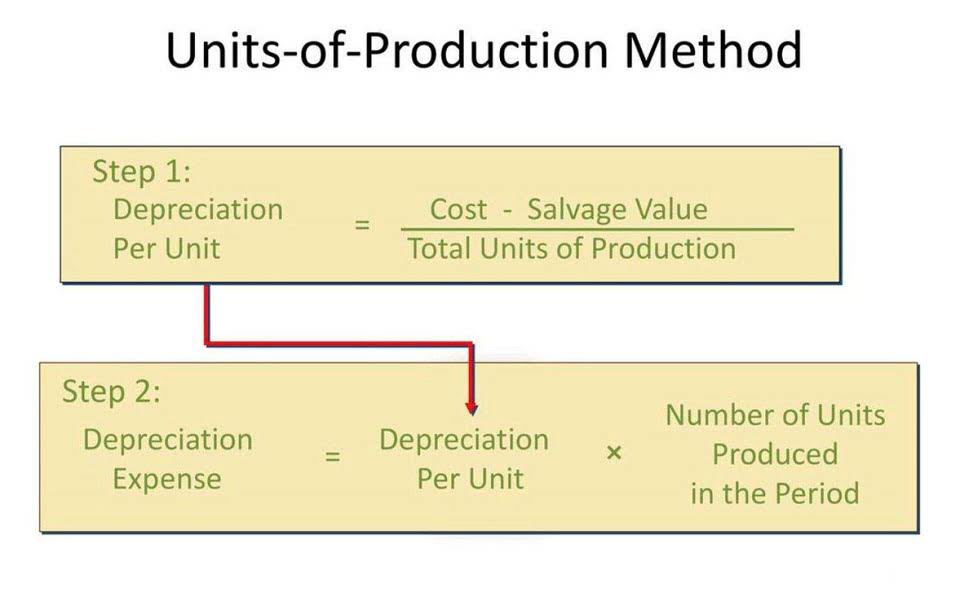Debits And Credits
Content

Printing Plus provided the service, thus earning revenue. Salaries https://www.bookstime.com/ are an expense to the business for employee work.
- In this case, you debit $20,000 in the cash T account and credit $20,000 in the revenue T account.
- A bookkeeper can quickly spot an error if there is one and immediately fix it with the help of this visualization.
- This is posted to the Dividends T-account on the debit side.
- The T account is a fundamental training tool in double entry accounting, showing how one side of an accounting transaction is reflected in another account.
- Single entry systems cannot use T-accounts because they do not track the changes in account balances.
This liability increases Accounts Payable; thus, Accounts Payable increases on the credit side. Cash was used to pay for salaries, which decreases the Cash account. The dollar value of the debits must equal the dollar value of the credits or else the equation will go out of balance. You can see that a journal has columns labeled debit and credit. The debit is on the left side, and the credit is on the right.
Accounting Topics
Debits signify increase in funds whilst credits signify deductions in the account. When taken together with all the transactions over a specific period, the ledger clearly reflects the total assets, liabilities, and shareholder equity in the financial record. Another example of T-Accounts is in the accounting of equity sales. If a company sells shares worth $1000, the T-Accounts will show an increase of $1000 in the assets column and a corresponding decrease of $1000 in the equities column.

Typically, a number of T accounts are grouped together to show the full range of accounting transactions affected. The T account is a fundamental training tool in double entry accounting, showing how one side of an accounting transaction is reflected in another account. It is also quite useful for clarifying the more complex transactions. This approach is not used in single entry accounting, where only one account is impacted by each transaction.
T Account Example
The liabilities of insurance companies are said to be contingent because they come due if an event happens rather than after a specified period of time. Gift cards have become an important topic for managers of any company. Understanding who buys gift cards, why, and when can be important in business planning. Also, knowing when and how to determine that a gift card will not likely be redeemed will affect both the company’s balance sheet and the income statement .

From the trial balance we can see that the total of debit balances equals the total of credit balances. This demonstrates for every transaction we have followed the basic principle of double-entry bookkeeping – ‘ for every debit there is a credit ’. Here’s a visual illustration of how transactions would appear in the accounts that compose the balance sheet such as assets, liabilities, and equity. T-accounts can be a useful resource for bookkeeping and accounting novices, helping them understand debits, credits, and double-entry accounting principles. Unfortunately, any accounting entries that are completed manually run a much greater risk of inaccuracy. T-accounts are commonly used to prepare adjusting entries at the end of an accounting period. The adjusting entries will journalize the difference between the account balances as shown in the general ledger and the actual account balances.
Where Accounting Meets Business Reality
For example, purchasing new inventory for your business would increase your assets while decreasing your cash. An error in that particular accounting could mean a higher cash balance than what actually is available.
- That’s why accountants use T accounts specifically, but why do they do any of this at all?
- A T-account is an informal term for a set of financial records that use double-entry bookkeeping.
- On January 27, 2019, provides $1,200 in services to a customer who asks to be billed for the services.
- If the labor costs are still debited and credited fully, then this type of mistake can also be difficult to catch.
- Let’s illustrate the general journal entries for the two transactions that were shown in the T-accounts above.
Earning a revenue of $10,500 will increase the asset account balance. So, to increase the asset account balance, we will t accounts debit it. Double-entry accounting is a method of recording every transaction twice to ensure that nothing is missed.
Want More Helpful Articles About Running A Business?
Income statement accounts include accounts such as revenues, expenses, gains, and losses accounts. If you’re ready to automate the entire accounting process for your small business, be sure to check out The Ascent’s accounting software reviews.
Rachel Leigh Gross is a writer for The Balance, covering topics ranging from entrepreneurship to small business finance, and business terminology. On the left side of the T table, under the account name, that’s what we call the debit side .
Ms. Wilson is renting space in a strip mall for her bakery business from Mr. Jones. Ms. Wilson received an invoice on October 31st for $4,000 for October’s rent. These examples will include some of the most used T-accounts. Below, there are some examples of T-accounts, which will show how they are used.
A T-account looks like the letter “t.” Each T-account has a heading at the top identifying what account it belongs to. The left side is the debit column and the right side is the credit column. Transactions are posted to each T-account just like writing a journal entry. Regardless of your method, T-accounts are great ways to understand how transactions affect various financial statements created from the general ledger. Even with the disadvantages listed above, a double entry system of accounting is necessary for most businesses. This is because the types of financial documents both businesses and governments require cannot be created without the details that a double entry system provides.
Using Accounts Payable T
T accounts are a simple and convenient way to organize your journals for basic bookkeeping functions. T accounts are one of the primary forms of performing double-entry accounting. Convention, which has not changed for hundreds of years, prescribes that the left-hand side of a T-account is called the debit side, and the right-hand side is called the credit side. A T-account can have many different types of transactions within it but they must always follow this same basic format.
At its basis debit simply means left side; credit simply means right side. Recall, that the T-Account is used to show the effects of a transaction. It tells us where if these accounts are going up or down with a transaction. You also want something that can be picked up by anybody and understood.

Since we have incurred an expense of $10,000, we will create a rent expense account and debit it with an amount of $10,000. Correspondingly, since the rent is due, we will also create a liability account called accounts payable account. Since we have got an increase of $10,000 in our liabilities, we will credit this amount of $10,000 to the accounts payable account.
Out of the $5,000 loan he had taken, he pays back $4,000 to the bank. George took a bank loan of $5,000 to support his catering business. George brought a fresh capital of $15,000 to his catering business.
- You can see debits and credits clearly laid out in an easy-to-read, visual structure for more effective accounting.
- That makes T accounts a good place to start when thinking about bookkeeping and accounting, but also financial management.
- Increase in an expense account will be recorded via a debit entry.
- It increases liability, expenses, and owner’s equity accounts and decreases asset and prepaid expense accounts.
- By recording the debit and credit halves of the transaction and then running a trial balance, the accountant can be sure that nothing has been missed.
- Whenever cash is received, the Cash account is debited .
T-accounts are a useful aid for processing double-entry accounting transactions. T-accounts can be particularly helpful for those new to bookkeeping. T-accounts are used as an aid for managing debits and credits when using double-entry accounting.
Example Of T Accounts In Action
That leaves only bank net worth, the difference between the value of a bank’s assets and its liabilities. Equity originally comes from stockholders when they pay for shares in the bank’s initial public offering or direct public offering . Later, it comes mostly from retained earnings, but sometimes banks make a seasoned offering of additional stock. Regulators watch bank capital closely because the more equity a bank has, the less likely it is that it will fail. Today, having learned this lesson the hard way, U.S. regulators will close a bank down well before its equity reaches zero. Even well-capitalized banks can fail very quickly, especially if they trade in the derivatives market, of which more below. The figures on your company’s financial statements tell only a small part of the story even though they reflect the bigger picture.
The record is placed on the credit side of the Service Revenue T-account underneath the January 17 record. This is posted to the Cash T-account on the credit side beneath the January 18 transaction. This is placed on the debit side of the Salaries Expense T-account. Colfax Market is a small corner grocery store that carries a variety of staple items such as meat, milk, eggs, bread, and so on.
We will now record the six transactions carried out by Edgar Edwards Enterprises in the appropriate T-accounts. How is an increase in a liability account recorded in a T-account? An increase in a liability account represents a credit and should be posted on the right side of a T-account. The two accounts affected in this transaction are Utilities Expense account and Cash account.
